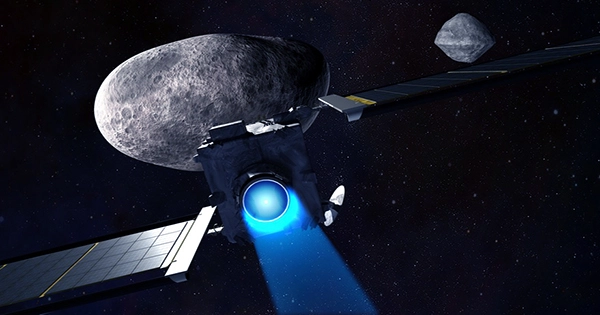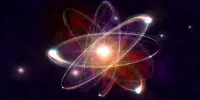The Voyager mission team at NASA has regained connection with Voyager 2 after losing contact with the spacecraft, which has been operational for nearly 46 years, using a long-shot “shout” maneuver.
“At 12:29 a.m. EDT on Aug. 4, the spacecraft began returning science and telemetry data, indicating that it is operating normally and remains on its expected trajectory,” according to a space agency update.
On July 21, commands issued to Voyager 2 led the spacecraft’s antenna to point 2 degrees away from Earth. The minute shift meant that Voyager 2 couldn’t receive commands from mission control or relay data back to Earth from its location in interstellar space, which was more than 12.3 billion miles (19.9 billion kilometers) away.

The mission crew was pleasantly delighted earlier this week when they were able to detect Voyager 2’s “heartbeat,” or the spacecraft’s “carrier signal,” using the Deep Space Network, an international network of large radio antennae that allows NASA to connect with probes all over the universe.
Because the three massive dishes are equidistant, one is always in contact with a different spaceship as our globe turns. One radio antenna is near Barstow, California, another near Madrid, and the third near Canberra, Australia.
After identifying the heartbeat, the scientists used the Canberra station to send an interstellar “shout,” which is effectively an amplified radio signal, to Voyager 2 with instructions to turn the spacecraft’s antenna to face Earth.
Given the massive distance between Earth and Voyager 2, the team thought the command had a “low probability” of working because the antenna wasn’t oriented to receive a radio signal, according to Suzanne Dodd, Voyager’s project manager at NASA’s Jet Propulsion Laboratory in Pasadena, California.
The signal takes around 18.5 hours to go one way across the solar system to the spacecraft. It took mission controllers 37 hours to figure out that the shout worked.
If the Earth-based signals did not reach Voyager 2, the spacecraft is already set to reconfigure itself several times per year to keep its antenna pointed in the direction of our planet. The next reset date had already been established for October 15. But the squad didn’t want to wait that long, according to Dodd.
It’s not the first time the twin probes — Voyager 1 and Voyager 2, both launched in 1977 — have had problems. As these “senior citizens” continue to explore the universe, the team has gradually turned off instrumentation in order to conserve power and extend their missions. Both spacecraft have suffered unanticipated troubles and dropouts along the route, including a seven-month gap in 2020 when Voyager 2 and the Deep Space Network were unable to contact.
Voyager 1, which is approximately 15 billion miles (24 billion kilometers) beyond Earth, is still functioning normally and communicating with the Deep Space Network.
Both probes are in interstellar space, and they are the only spacecraft that can operate beyond the heliosphere, the sun’s bubble of magnetic fields and particles that extends well beyond Pluto’s orbit, collecting crucial data as they explore unexplored area.
















